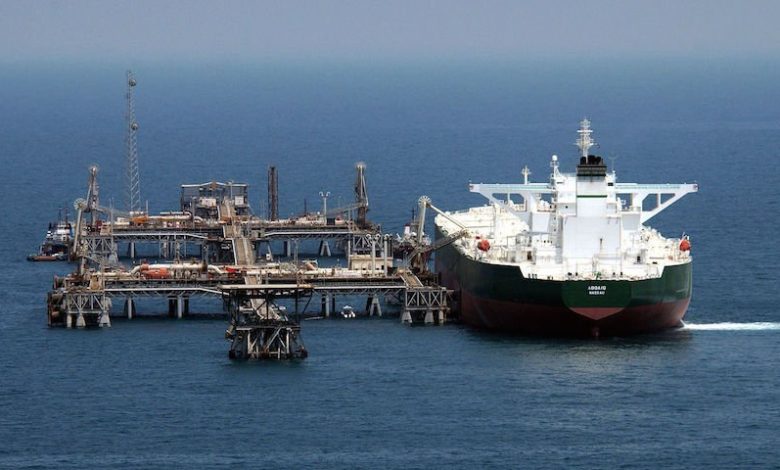As reality bites, VLCCs are torched

Tanker owners are facing up to a troublesome demand future. BIMCO’s Peter Sand reports.
Four VLCCs were sold for demolition in August alone. This equals the numbers of VLCCs sold for demolition in the preceding 11 months. More importantly, it’s just what is required by shipowners to stem the pressure from overcapacity in a market, which has been hit by soft demand.
During July and August, the pace of aframax and suezmax crude oil tanker demolitions has also picked up. BIMCO expects a total of 9m dwt to leave the fleet this year, right now we are half way.
The global crude oil tanker fleet is about to see a six-year high inflow of capacity in 2017. More than 28m dwt is set to be delivered this year, according to BIMCO estimates which take cancellations, postponements and delays into account.
Speaking of being under pressure, freight rates for VLCCs, suezmax and aframax crude oil tankers, have now been below $20,000 per day since May. In August, they dropped below $12,000 per day for all of them – a truly loss-making level across the board.
September and October are unlikely to bring about any respite, as global refinery maintenance will see refinery runs decline and thus also lower demand for crude oil and the transportation service that tankers offer to the refiners.
All of this is happening, as the oil market is about to find a new balance. As the oil market itself, is of utmost importance to the tanker shipping market – the drawdown of excessive stockpiles must be evaluated very carefully. Trouble is, what’s the benchmark to watch out for? There isn’t any!
Several indicators must be observed to get a fuller picture. OPEC compliance rate, US shale oil production, out from Libya and Nigeria, global oil demand, changes to OECD stocks, changes to US stock, etc. Combined with the fact that we all would like to see the stocks drawn down fast, to re-establish stronger tanker demand and higher freight rates – we must still rely on facts rather than fiction and wishful thinking.
Having said that, the data to prove the rebalancing of global oil stocks will only appear months after it has happened. Until then, rely on simple intuitive maths: if stocks are 365m barrels too high, it will take one year at a reduction rate of 1m barrels per day to bring it down.
While waiting for the market to improve, some owners have been busy ordering new ships. Some of them were also amongst the ones who sold ships for demolition, but only a few of them. Make no mistake, shipping of oil is a geopolitical matter too, where national tanker companies participate with a different agenda than the independent owners. Moreover, the 20-year outlook for global oil demand may be the blurriest ever.
The notoriously optimistic IEA global oil demand outlook is only topped by those of oil majors. Nevertheless, they may all be underestimating the advances in vehicle efficiency, a rise in the number of electric cars, tighter emissions standards and shifts to other fuel sources: all elements that would result in a much lower global oil demand. And thus, also a lower transport need.
This article first appeared in the latest issue of Maritime CEO magazine, published this month. Splash readers can access the full magazine for free by clicking here.
